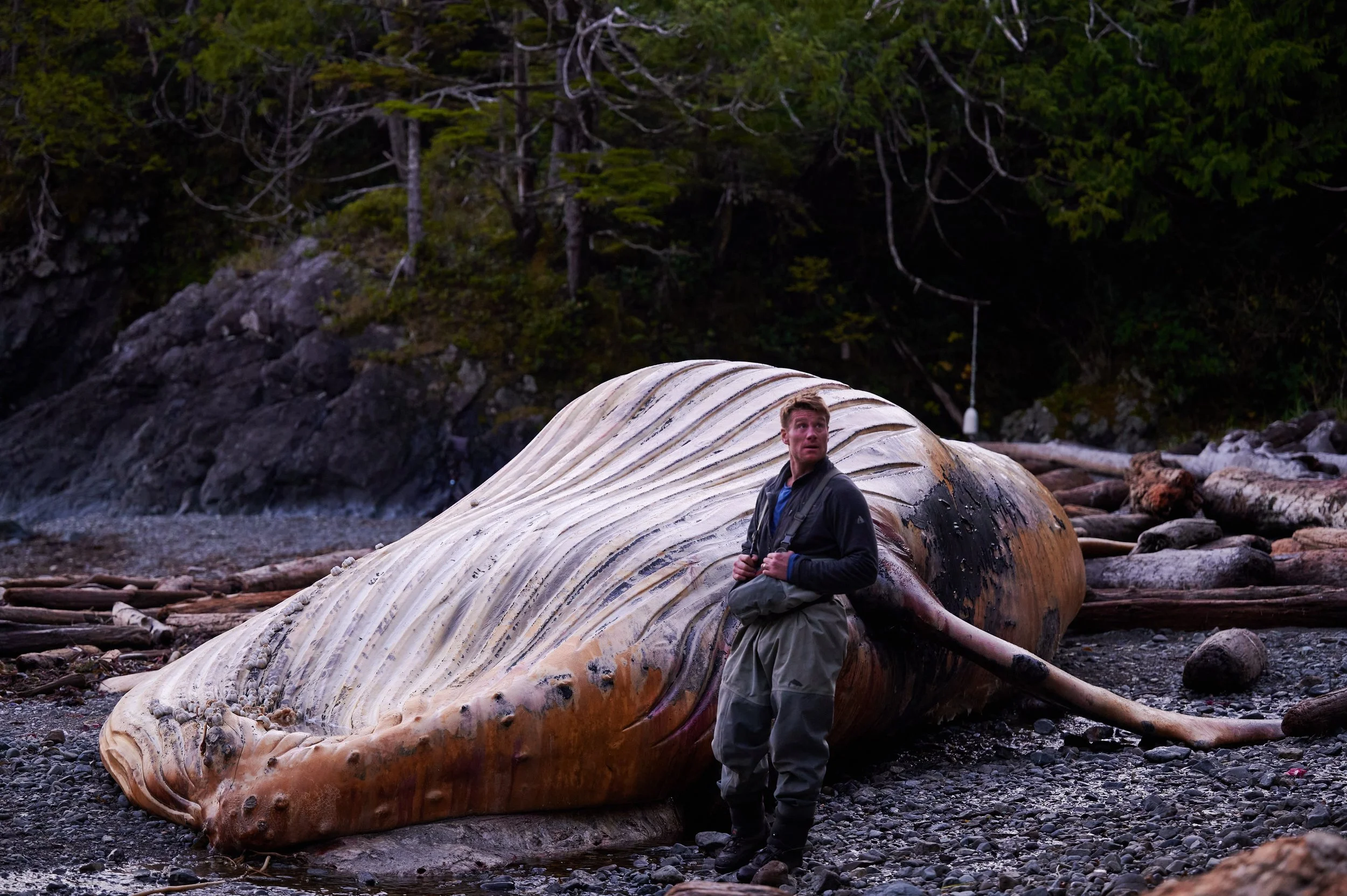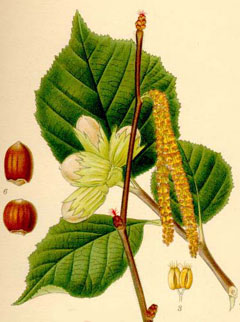Howdy Adventurers!
Spring has sproinged! And what a beautiful spring it has been in the PNW. I don't know about you, but this past winter reminded me of a black and white movie! While I do love old cinema, I really enjoy a splash of color every once in a while. There is no season other than spring where things are at their greenest. The newly emerging grass, the bright shades of moss, fresh seedlings sprouting everywhere you look....And if you look way up...Way, way up...Up to one of the tallest trees in our coastal forests and you will see the most brilliant shade of green dangling against a bright blue sky. Can you see them? Ok, incase you are inside sitting at your computer while reading this, (caught you!) I am talking about Big Leaf Maple tree Blossoms! Whhhaaaaa? Maple trees have blossoms? Yes! And you can eat them? Yes! And maple trees have many more uses other than just furniture and syrup?!? Yes!
Ok, but lets focus on the now. As in April. Like I said, these maple blossoms are everywhere right now! If you want to get all techy, the term 'raceme' is used for the actual shoot of flowers that protrude from it's protective red sheath that connects to the branch (you'll see what I am talking about when you go picking!). Big Leaf Maples are tall! To pick the racemes, you'll have to find a latter or a shorter tree. I picked a few up after a wind storm, but had to soak them in water to get the bugs out! Fresh off the tree is best. Look for compact flower clusters that haven't fully bloomed yet. That way you won't get any older flowers, which turn quite fibrous. When you have enough collected, you can steam or eat them fresh. But seriously, you should just deep fry them!!! Mix a simple batter, heat up your cast iron pan, grab some high heat healthy cooking oil (preferably animal tallow or some types of coconut oil) and fry away! Here is a fool-proof recipe for maple blossom fritters and also one for maple blossom mint pesto: RECIPE
Finding a native maple tree is relatively easy if you live in southwestern B.C. They can get up to 36 meters full grown! They thrive in moist soils (most soils around here) and commonly grow alongside alders, cottonwoods, Douglas-firs, cedars and hemlocks. So, if you are looking at a forest in this part of the globe, you are sure to see a couple of maples. If you are STILL unsure.... look for trees with grey-ish brown bark usually draped in mosses, think Florida bayou style. And of course, at this time of year, you should be seeing beautiful florescent green blossoms dangling off it's leaf-less branches! Have fun collecting, and adios for now!





